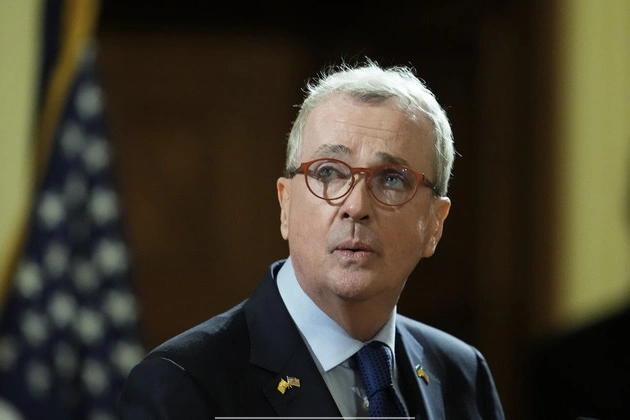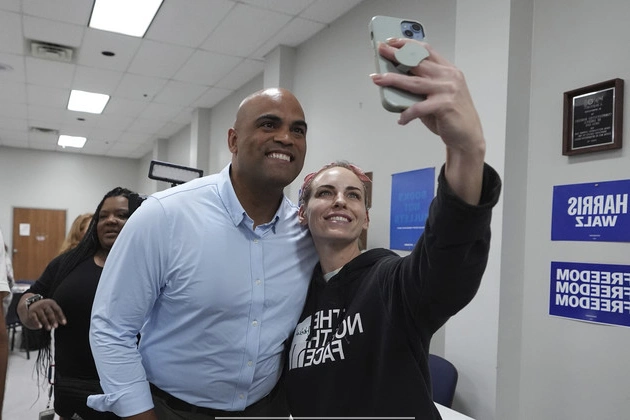
Impact of Trump’s Decision on Disaster Projects
SCRANTON, Pennsylvania — The aftermath of President Donald Trump canceling a $4.5 billion disaster grant program has left many communities like Scranton in despair. With projects aimed at protecting neighborhoods from flooding and other disasters abruptly halted, residents are left vulnerable.
Communities in Crisis
Local officials and emergency managers are scrambling to find solutions after the sudden cancellation of funding that was vital for disaster resilience. From Conway, South Carolina, to Crisfield, Maryland, cities are grappling with the loss of millions in grants that were earmarked for essential projects.
Conway’s city administrator, Adam Emrick, expressed the dire situation, stating, “There are no alternative funding sources,” highlighting the urgent need for financial support to safeguard residents from flash flooding risks.
Seeking Alternatives
Despite the setbacks, cities like Crisfield are exploring other avenues to fund their projects. Mayor Darlene Taylor emphasized the importance of finding creative solutions to ensure the city’s survival in the face of heightened flood risks.
In Stillwater, Oklahoma, officials are resorting to rate increases for municipal water to compensate for the loss of a significant grant meant for drainage system improvements.
Challenges and Hope
Mayor Paige Cognetti of Scranton is actively advocating for state support to replace the lost funding that would have helped in buying and demolishing flood-damaged homes. While the challenges are immense, there is a glimmer of hope as communities rally for solutions.
Looking Ahead
The cancellation of the Building Resilient Infrastructure and Communities (BRIC) program has sparked widespread concern. As communities face the reality of limited resources, the need for sustainable funding mechanisms becomes more urgent.











